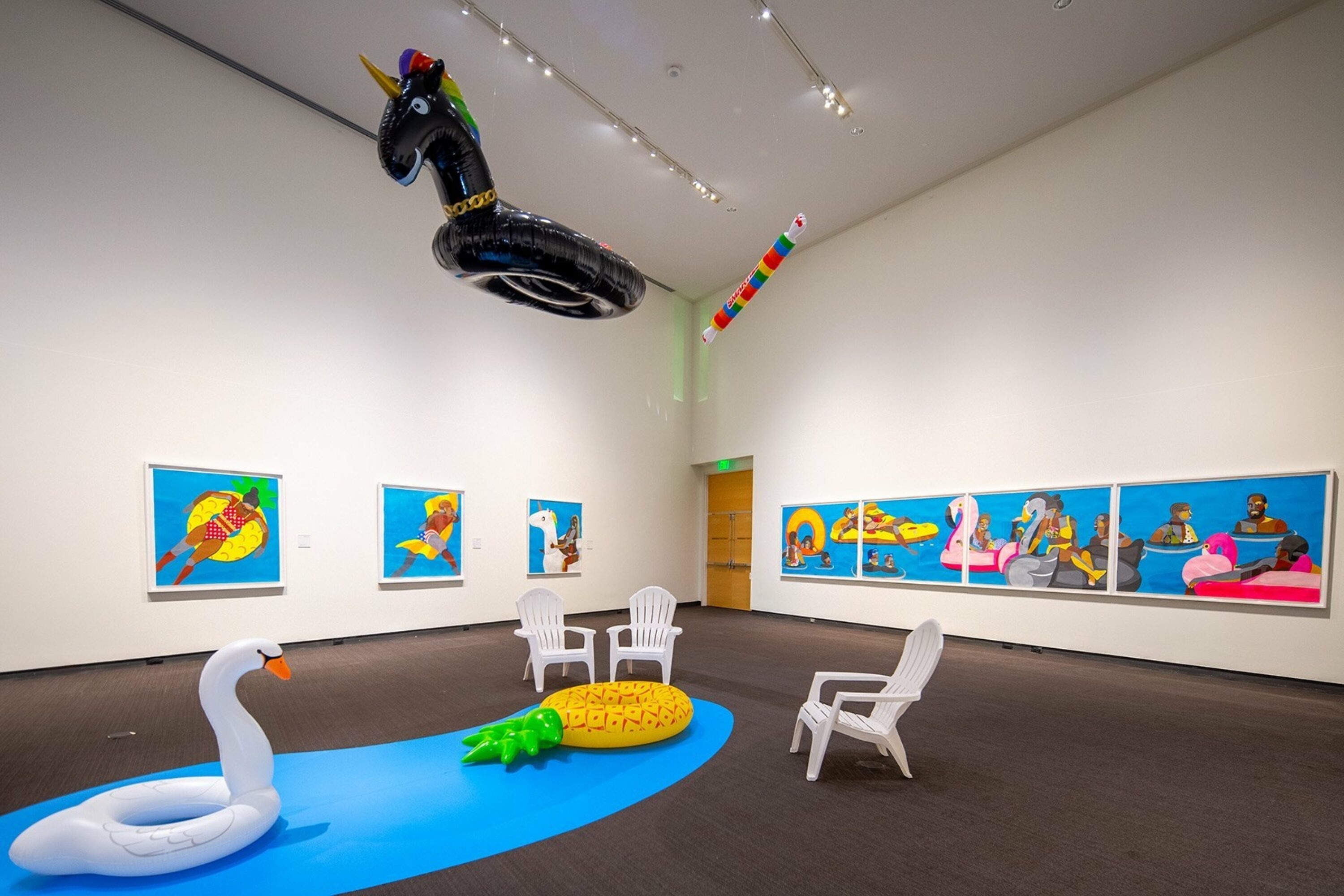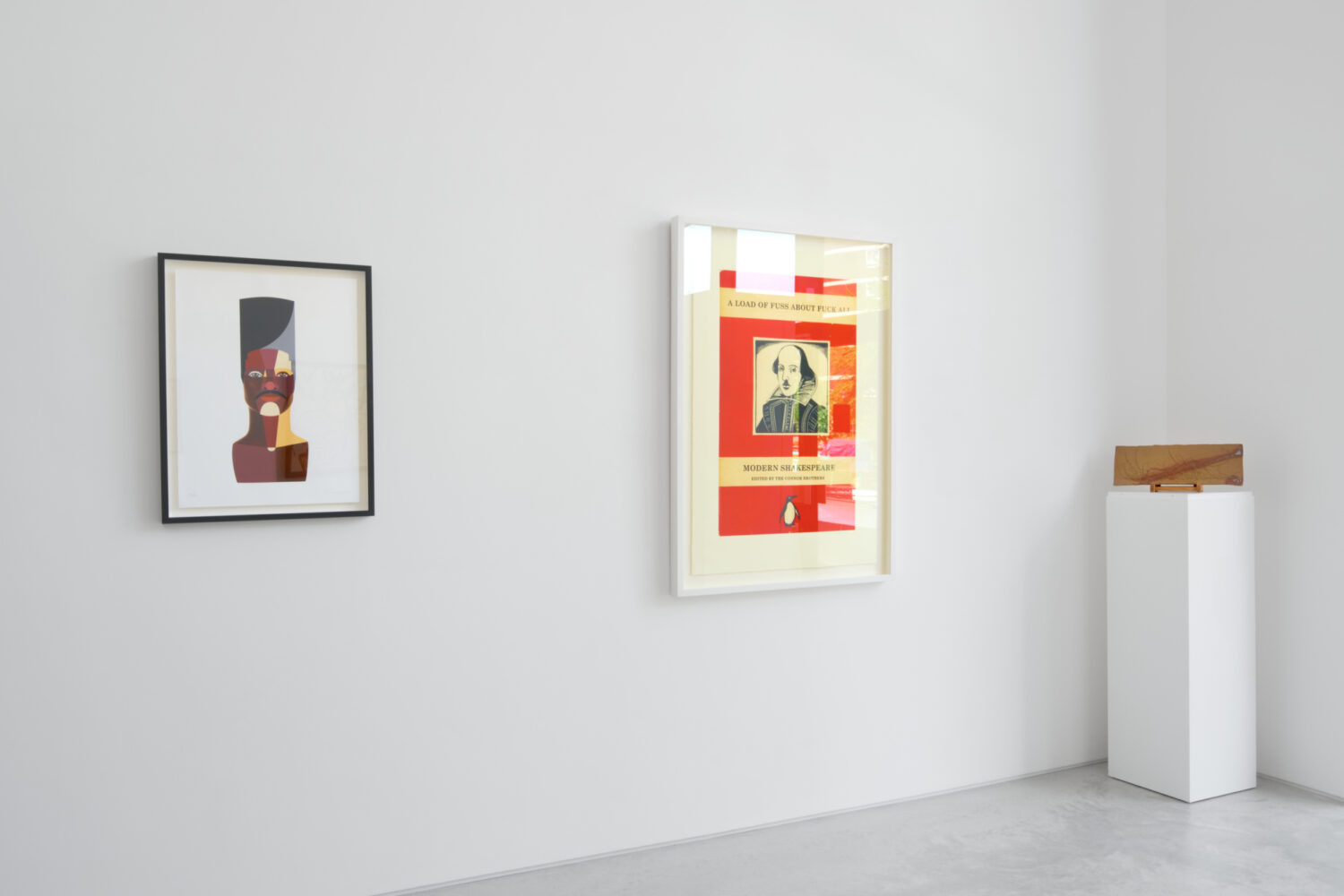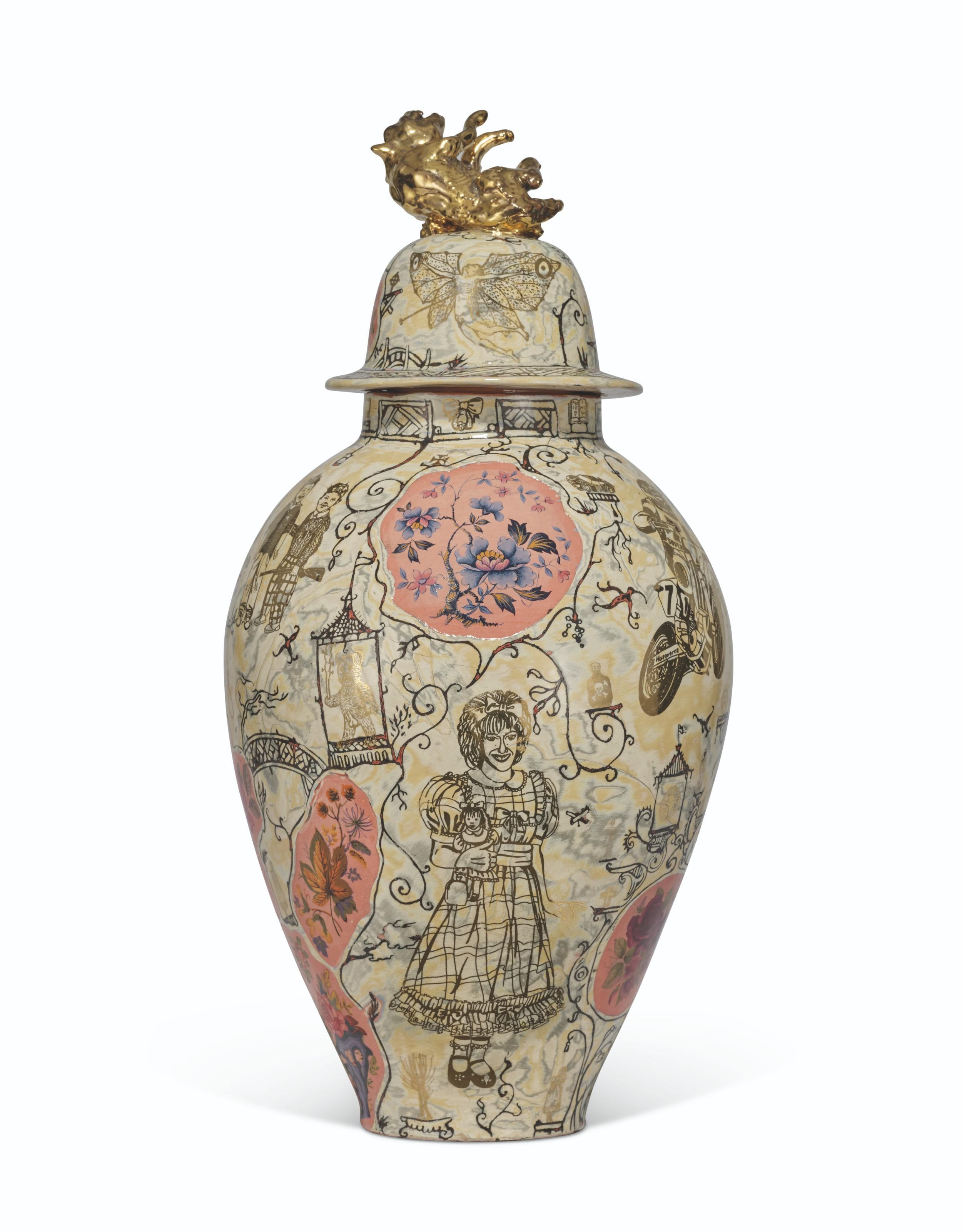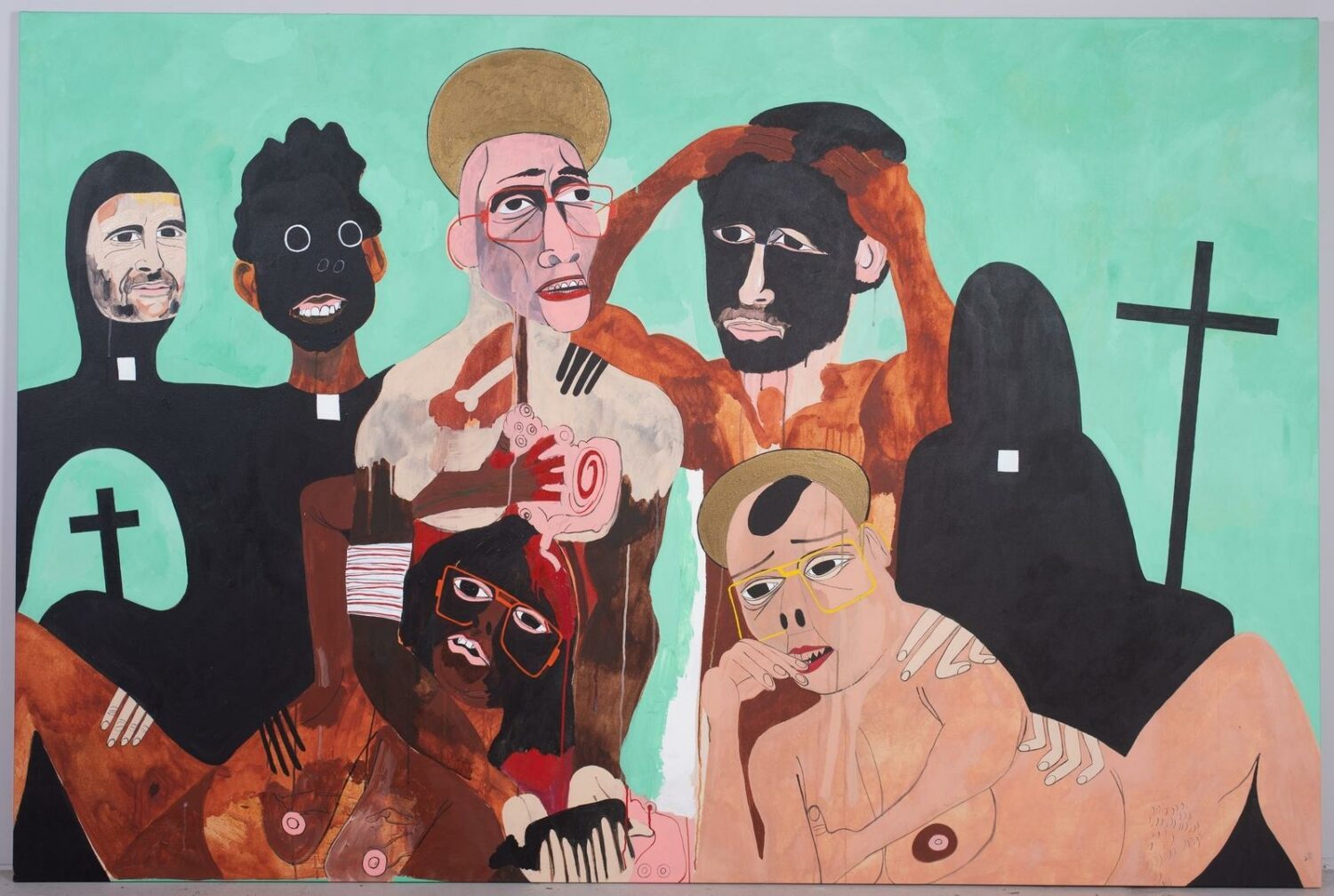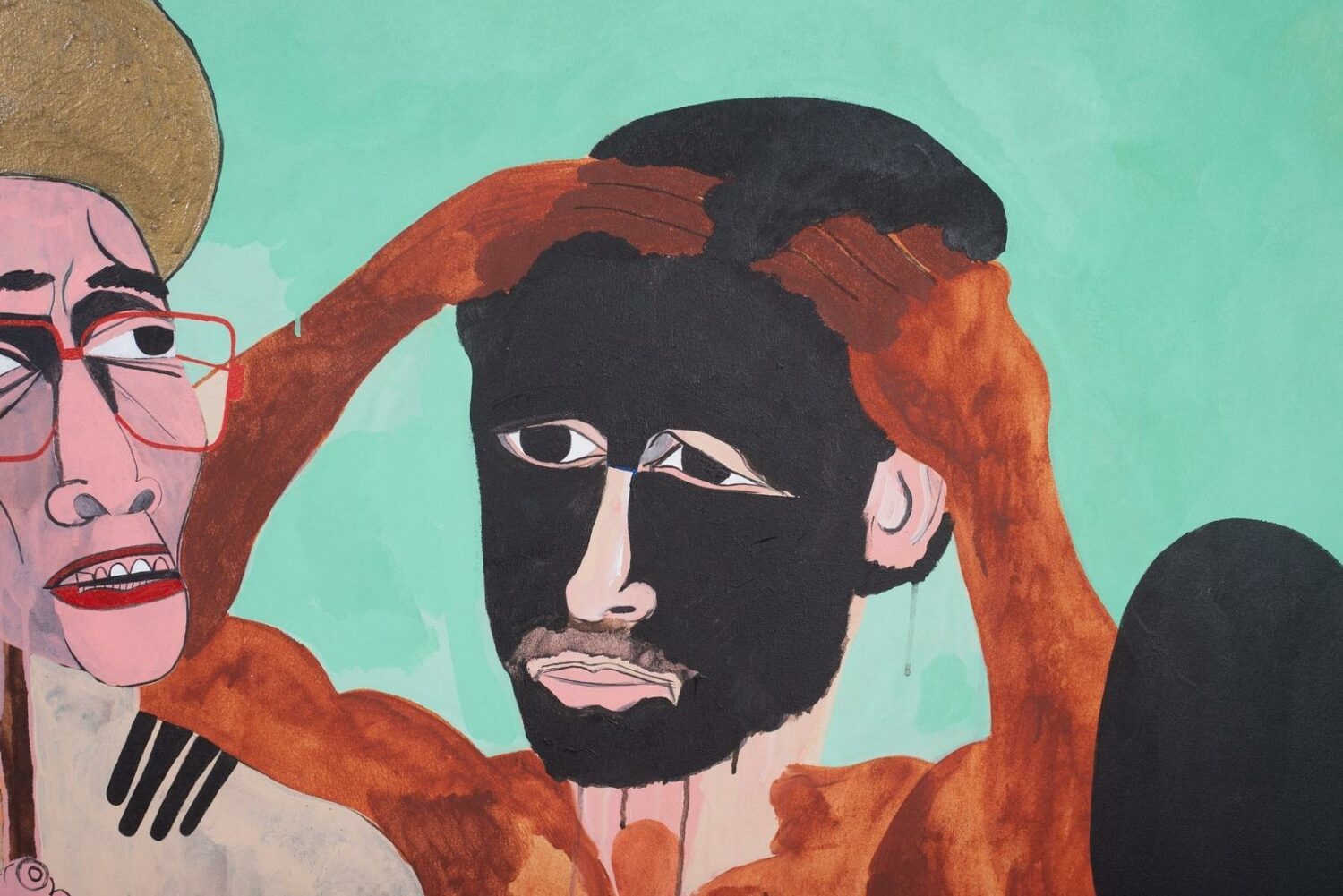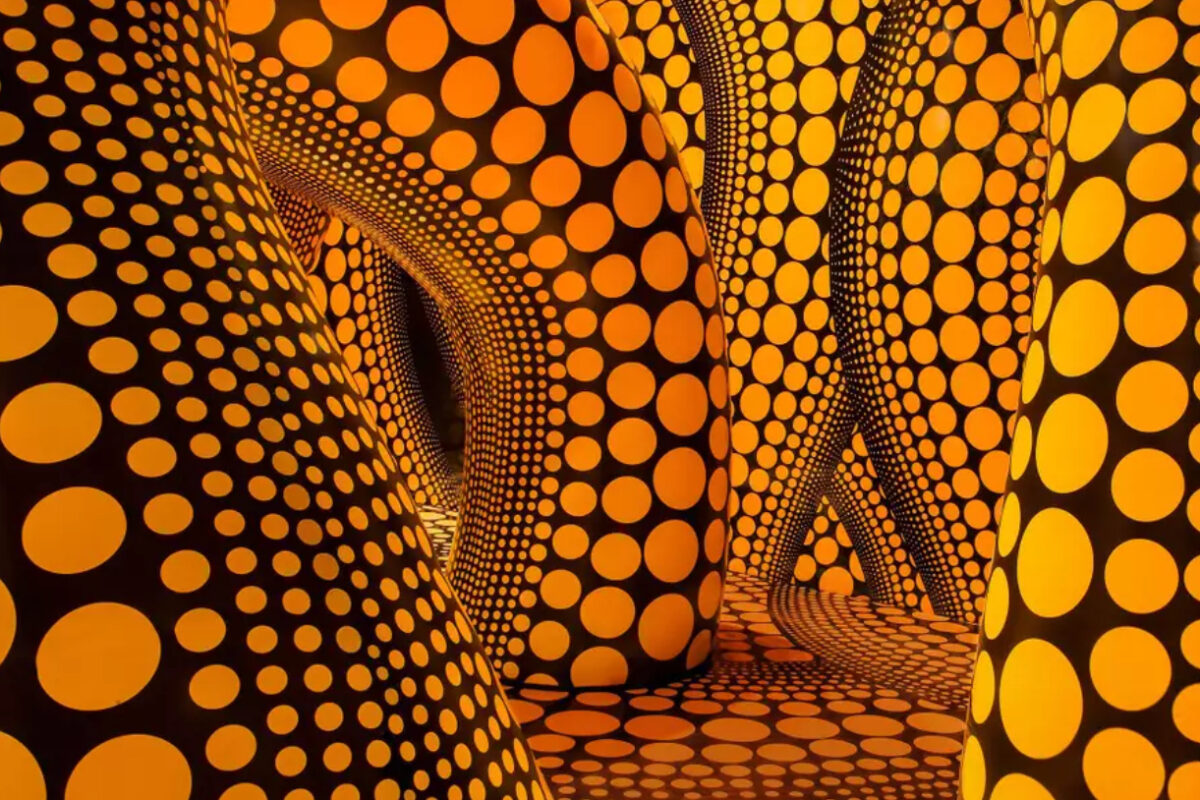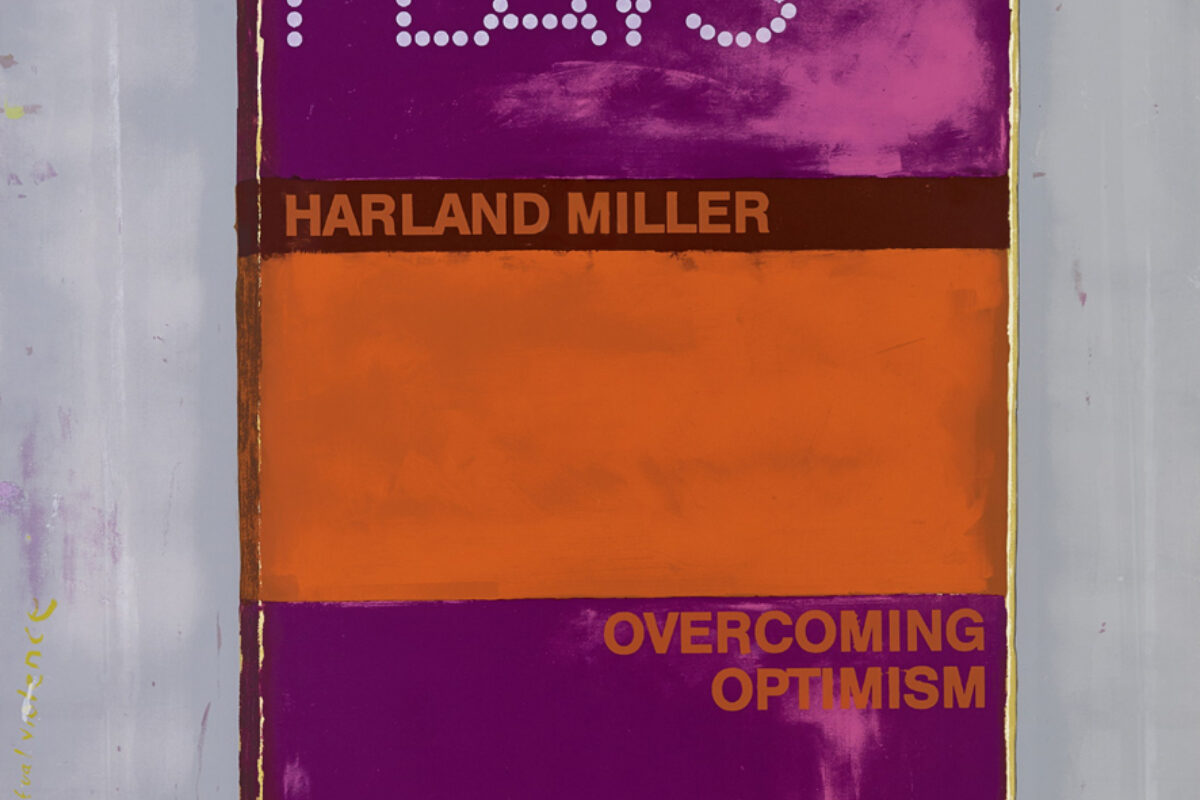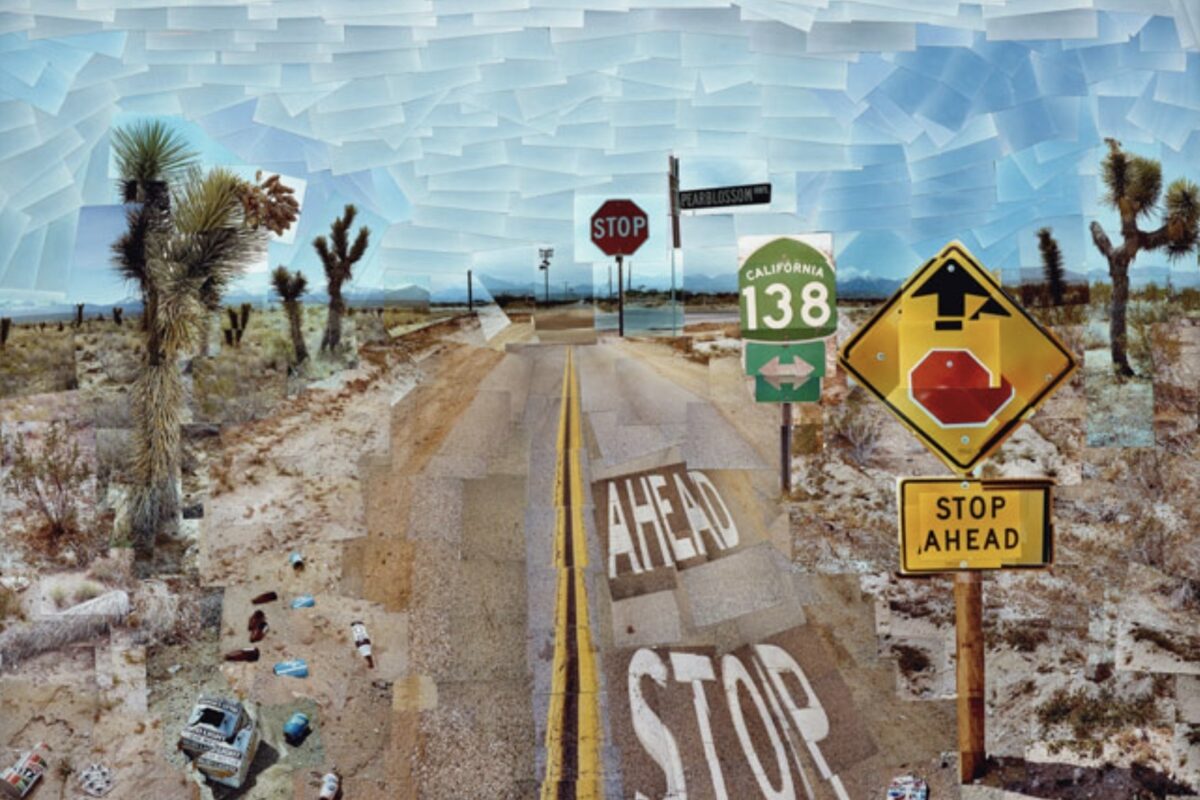JR – Highlighting Forgotten Communities
In a now famous Ted Talk back in 2011, the French street artist JR used his platform to show that art can change the world. A pioneer, he had already brought his large-scale projects to disenfranchised communities across the globe in an effort to humanise their residents.
One that garnered immense public attention took place back in 2008, when he posted the faces of local women writ large across the tumbledown houses of Morro da Providencia, one of Brazil’s most notorious favelas. The dramatic art work drew attention to an area that even the police had been reluctant to visit, and residents and journalists began to come back to the once shunned sprawl.
The following year, JR set up the arts, education and social centre Casa Amarela which runs with his input to this day and has 27.8 million followers. Though he doesn’t describe himself as an activist, the idea of bringing attention to these communities and leaving a lasting legacy has become central to JR’s practice – witness his 2019 work to document the names and faces of inmates at the maximum security prison of Tehachapi, California, or his creation of two NFTs to raise money to assist women and children fleeing the war in Ukraine.
Swoon – Public Art for Good
It’s been a decade since American artist Caledonia Curry (also known as Swoon) shocked the world with a candid talk on growing up with her parents’ addictions. Her upbringing has given the artist a unique lens through which to portray themes of motherhood and womanhood in general, and to explore ways to help people alongside her artistic practice. Central to this is the idea that large-scale, public artworks can be the instigators for social change.
This year, she’s been running a Kickstarter campaign to turn a cultural centre with which she’s had a long-standing relationship into a community base and half-way house for the homeless and those with addiction issues. Plans for the building include stained glass windows designed by Swoon herself, and she’ll reward investors with pieces from a roster of other artists including Shepard Fairey.
Derrick Adams – Celebrating Everyday Black Life
Confused by the exclusion of his peers from art representing everyday life in America, Derrick Adams set about setting the record straight. Pieces such as his Floater series, which depicts black people in the swimming pool, normalise images of black Americans engaged in joyful leisure activities.
Though the subject matter seems ordinary, it’s actually a radical reinterpretation of who is represented as worthy of rest and relaxation in America: less than a century ago, there was segregation at public pools across the country and black people were generally excluded from advertisements and photographs of the kind of behaviour that reflected the ‘American dream’.
Adams has previously referenced finding inspiration in a 1967 Ebony magazine article which featured Martin Luther King and his wife enjoying a holiday in Jamaica.
“That these images don’t come up as much in a Google search was the motivating factor in my creating work of Black bodies at leisure,” he explained to curators at the Hudson River Museum during a 2020 exhibition.
Though he’s fast achieving National Treasure status thanks to the huge success of the TV show Grayson Perry’s Art Club, this artist actually does a biting line in satire that’s drawn comparisons with Hogarth (both his own and other people’s). With allusions to tax exiles, toxic masculinity and class struggles in his work, he’s often ahead of the times when it comes to questioning contemporary norms.
Take 2012’s series of tapestries inspired by Hogarth’s The Rake’s Progress, a moralising series depicting the fall of the son of a wealthy merchant (in Perry’s version, the protagonist ostensibly rises from working-class roots, only to die in a supercar crash after a lifetime of trying to escape his past).
Or 2001’s I Was An Angry Working Class Man, which showed snatched moments from an Essex childhood which he failed to fit into. Perry’s refusal to embrace the accepted, left-leaning views of the art world have led to criticism – such as that following the unveiling of 2020’s Selfie With Political Causes, which mocked the trend for virtue signalling and questioned the wisdom of echo chambers. However, his ideas continue to provoke meaningful conversation among both his fans and detractors.
Nina Chanel Abney – New Ideas on Black Queerness
Abney made a political splash before she’d even left college, with her influential thesis painting Class of 2007. While Abney was completing an MA at Parsons School of Design, the diptych, which depicted her white classmates as black prisoners and the artist as a white police officer, caught the eye of New York gallery Kravets Wehby. An impactful visual commentary on the imbalance of both art academia and the prison system, the piece was included in the seminal exhibition, 30 Americans, which took place in the vast Miami gallery space of renowned collectors Don and Mera Rubell.
Since then, she’s explored themes of gender, race and police brutality in her work. Though the artist isn’t vocal about her role as a social commentator (preferring to let viewers draw their own conclusions from her pieces), Abney’s work is among the most impactful of its generation. Take her huge triptych Untitled (Black Soap), which portrays a collection of white characters washing in black soap to atone for the sins of slavery, or her much later, more simplistic work of the past two years, which explores the idea of a Black, queer utopia safe from bigotry and the white gaze.
To see work from the featured artists, or talk more about agenda-changing pieces, please get in touch.

